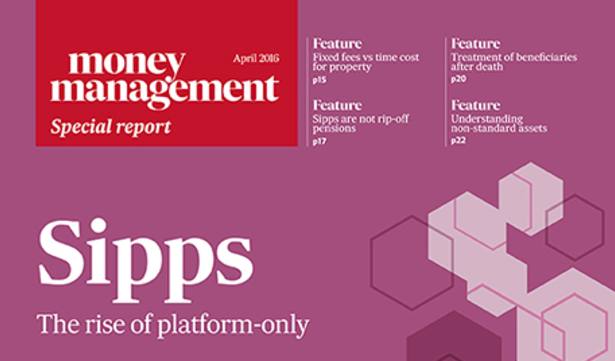Capital adequacy
Talbot and Muir’s Ms Trott says the problem with capital adequacy rules is that they do not relate to real issues providers could have if they want to wind down their business in a reasonable and controlled fashion.
She says, “A provider would not actually sell all the investments should there be an issue with administration. In most cases the scheme itself would remain intact and the trust company would move to a new scheme administrator.
“It is right that it looks at those assets that may put the rest of the members at risk, such as those suspended or those that don’t deal frequently, but this wouldn’t stop the trust company being moved to a new owner so should be addressed in a different way.”
Table 4 looks into the assets that firms do not allow. It can be assumed that all providers accept all standard assets. The Table also looks into whether or not plans will be allowing non-standard assets after September. The majority will, although there are still some non-disclosures.
Guy Young, partner at Nigel Sloam & Co (operator of NSS Solutions Sipp), believes clients may be penalised where an asset in their Sipp suddenly becomes non-standard, for example if a share were to become delisted. “The client may find themselves in a position where the fees for operating the Sipp increase substantially (as a result of holding a non-standard asset) through no fault or control of their own,” he adds.
Growing numbers
Table 5 looks into business levels and shows growth within the industry. It looks into the number of Sipps set up and, importantly, the number of Sipps overall.
This year’s survey shows the amount of new Sipps has hit 166,201 (October’s figure sat at 83,955). However, this amount has been slightly offset by the amount closed in this survey. It has risen 62 per cent on October’s survey (6,788) to a total of 11,044 Sipps closed. This figure could simply be put down to more providers disclosing the information compared with October.
The number of Sipps set up is vastly different when they are separated into full Sipps and those that define themselves as platform-only. Full Sipps (independent architecture or DFM-only) saw 52,574 plans set up, while platform-only Sipps saw 113,627 set up (Hargreaves Lansdown alone accounted for 58,590).
The amount lost is not as vast, at 3 per cent, but it should be kept in mind that neither Hargreaves nor Standard Life disclosed the information. Full Sipps saw a total 12 per cent lost. The types of Sipp are very different and while it is easy to compare them all against each other, the way they operate varies widely. Platform-only Sipps tend to invest predominantly in funds and cash and are easier to set up, while full Sipps have more complex investments involved – such as the Sipp favourite, commercial property. So it is no surprise that when it comes to the number of overall Sipps, there are far more platform-only plans than independent open architecture. Table C shows the cash accounts for each Sipp provider.






